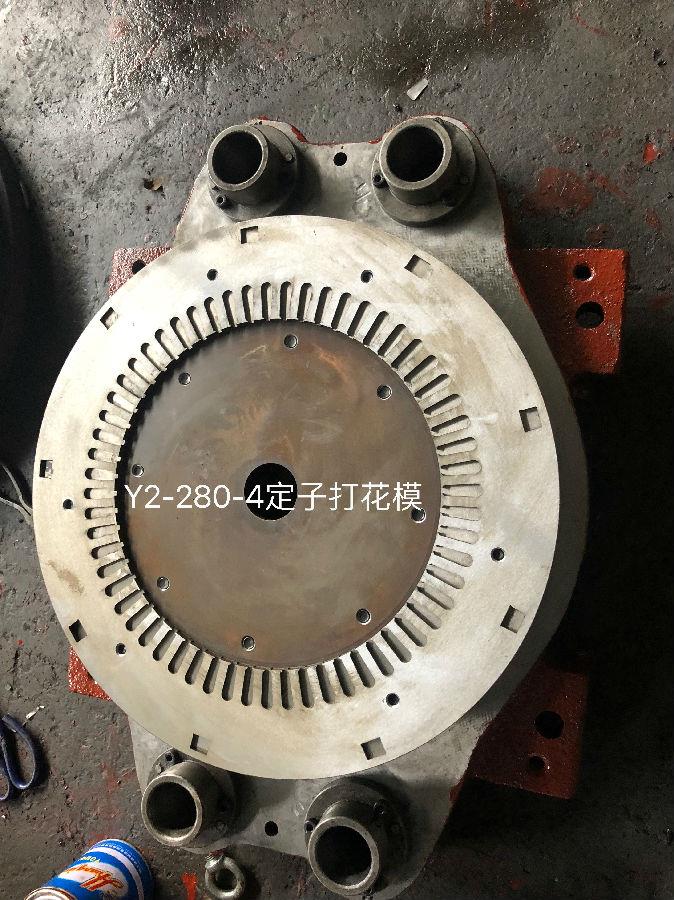Segregation of rotor mold
Segregation is the manifestation of the composition and microstructure heterogeneity of steel, which is a defect often found in the inspection of low-power microstructures of mold steel. It is formed during the solidification process of steel ingots and is related to the chemical composition and pouring temperature of steel. Generally divided into dendritic segregation, square segregation, point segregation and so on. Due to the existence of dendritic segregation, the mechanical properties in negative directions are obviously different. Square segregation is caused by the accumulation of a large amount of impurities and pores in the equiaxed crystal interval between the ends of the columnar crystals and the ingot core when the ingot is crystallized. Severe square segregation has a significant impact on the quality of steel, especially parts with a large amount of cutting processing or mold parts subjected to heart stress. In addition to the isotropy of the mechanical properties of the mold steel, segregation also has a certain effect on the polishing performance of the mold. Therefore, there are strict regulations in relevant foreign standards.
Looseness of the rotor mold
Looseness is a manifestation of the tightness of steel. Most of the looseness occurs in the upper and middle parts of the steel ingot, which are caused by the concentration of impurities and gases. Due to the presence of loose defects, the strength and toughness of the steel are reduced, and the roughness of the surface after processing is also seriously affected. The effect in general mold steel is not particularly large, but such as cold rolls, large modules, punches And plastic molding mold parts have stricter requirements. For example, the forging dies and punches of deep cavities require looseness not exceeding Class 1 or 2, and steel for plastic molds used for dials or transparent parts, etc., require looseness not exceeding Class 1.
Unevenness of carbide in rotor mold
Carbides are an essential component of most mold steels. In addition to austenite-soluble carbides, there are also some residual carbides that are insoluble in austenite. The size, morphology and distribution of carbides have a very important influence on the serviceability of die steel. The size, shape, and distribution of carbides are related to the smelting method of the steel, the solidification conditions of the steel ingots, and the hot working deformation conditions. Hypereutectoid steel carbides may form wind-like carbides at grain boundaries or carbides may be stretched to form band-shaped carbides during processing deformation, or both. In the case of bainite die steel, primary carbides are present. And secondary carbides, in the process of thermal deformation, most of the eutectic carbides in the network can be broken, the carbides first extend in the direction of deformation, resulting in a band shape, as the degree of deformation increases, the carbides become uniform and fine . The non-uniformity of carbides has a greater impact on quenching deformation, cracking and mechanical properties of steel.

Related News
- High-voltage motor punching die operation specification
- What are the components of a simple stamping blanking mold?
- Blanking die process and principle
- Using method of rotor casting aluminum mold
- Structural factors affecting composite molds
- Precautions in the use of self-service die
- Characteristics of stator mold
- Tips for self-help die
- Introduction of blanking die
- Attentions in the design of fixed-rotor tooling fixtures
- Precautions for the use of stator embossing molds



